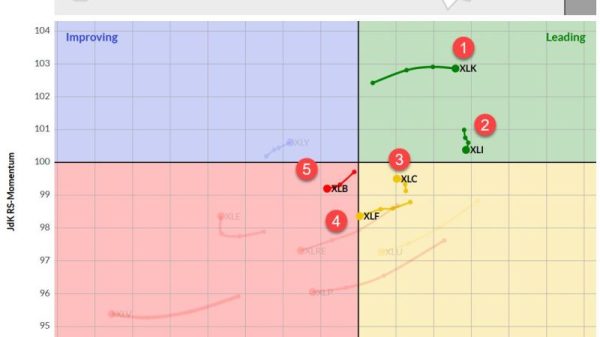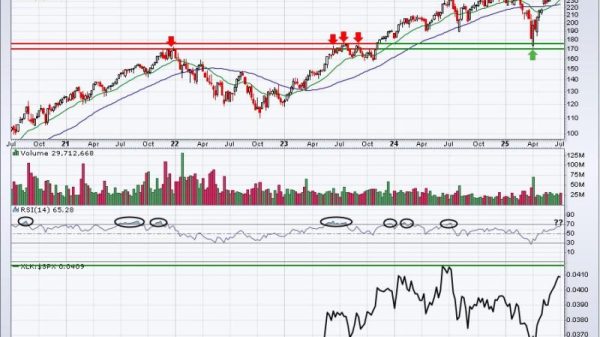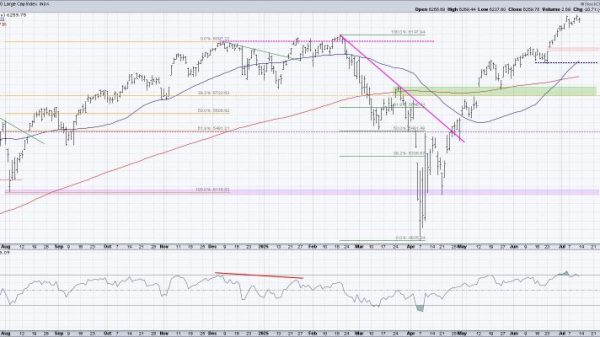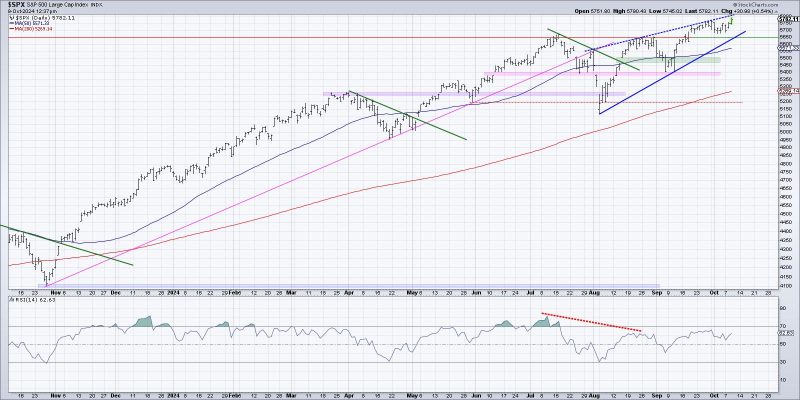In October 2024, risk management remains a critical aspect for individuals and organizations alike. As we navigate through uncertainties and challenges, it is prudent to adopt a proactive approach towards managing risks effectively. Here are three key thoughts on risk management for October 2024:
1. Embracing a Dynamic Risk Assessment Framework:
In the current volatile and rapidly evolving business environment, static risk assessments may fall short in identifying and addressing emerging risks. Therefore, organizations should consider embracing a dynamic risk assessment framework that enables real-time monitoring and evaluation of risks. By constantly updating risk profiles and scenarios, entities can adapt swiftly to changing circumstances and mitigate potential threats effectively. This proactive approach to risk assessment fosters resilience and enhances the organization’s ability to anticipate and respond to risks in a timely manner.
2. Leveraging Technology for Enhanced Risk Mitigation:
Technological advancements play a pivotal role in enhancing risk management practices. Organizations can leverage cutting-edge solutions such as artificial intelligence, machine learning, and data analytics to identify patterns, trends, and potential risks more accurately. By harnessing the power of technology, businesses can conduct predictive risk analysis, streamline decision-making processes, and automate risk mitigation strategies. Furthermore, the utilization of cybersecurity tools and protocols can fortify defenses against cyber threats and data breaches, safeguarding critical assets and maintaining business continuity.
3. Promoting a Risk-Aware Culture:
Effective risk management goes beyond the implementation of processes and tools; it involves fostering a risk-aware culture across all levels of an organization. Employees should be encouraged to actively engage in risk identification, assessment, and mitigation activities, thereby contributing to a collective risk management effort. By promoting transparency, open communication, and knowledge-sharing regarding potential risks, organizations can empower their workforce to become key stakeholders in mitigating risks proactively. Moreover, cultivating a culture of accountability and responsibility towards risk management initiatives instills resilience and agility in organizations, enabling them to navigate challenges with confidence and foresight.
In conclusion, as we progress through October 2024, the landscape of risk management continues to evolve, necessitating a strategic and forward-thinking approach towards mitigating risks. By embracing dynamic risk assessment frameworks, leveraging technology for enhanced risk mitigation, and promoting a risk-aware culture, individuals and organizations can fortify their risk management practices and enhance their ability to thrive in an unpredictable environment. Adopting these key thoughts on risk management will enable entities to proactively identify, assess, and address risks, positioning them for sustainable growth and success in the face of uncertainty.


































